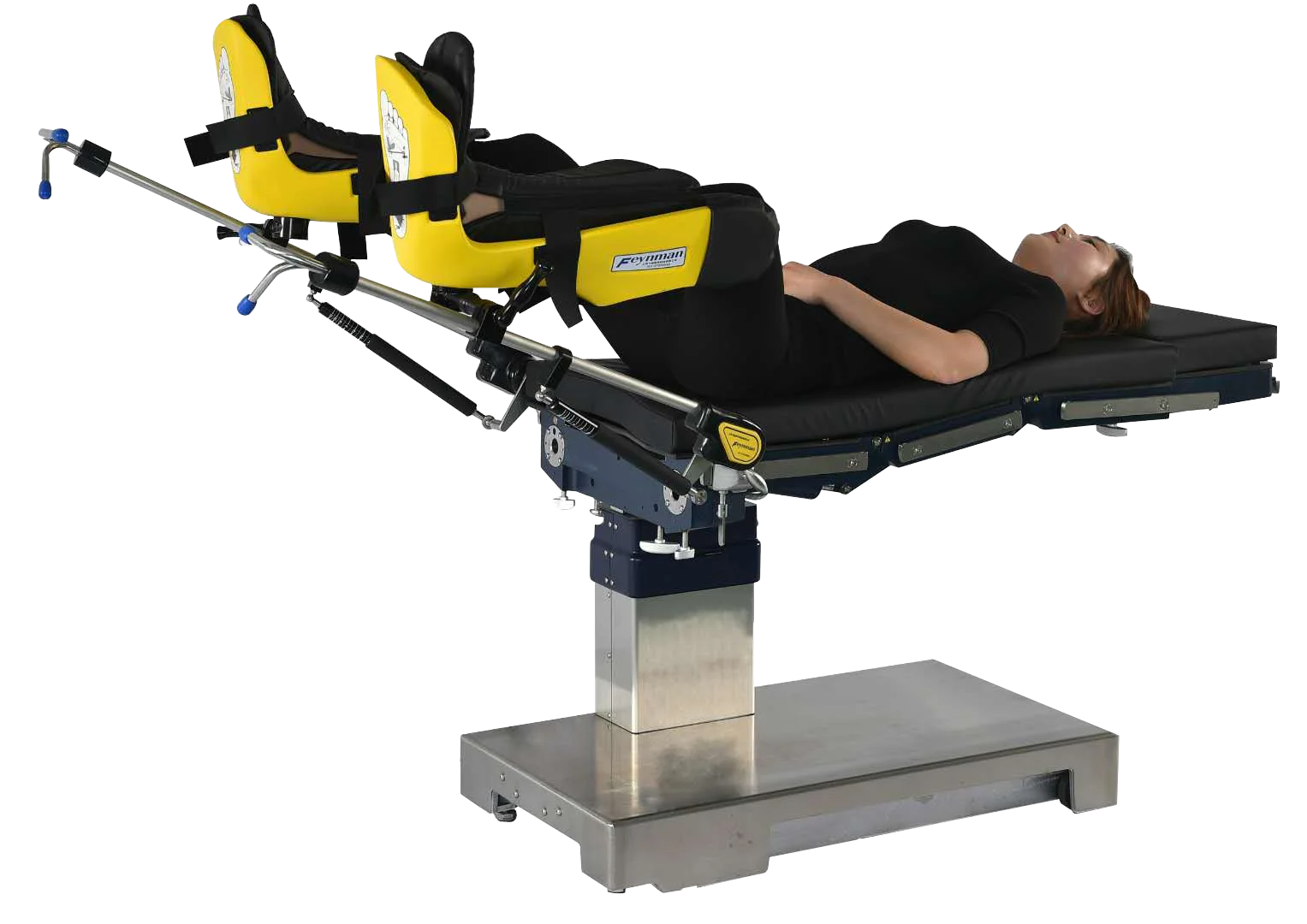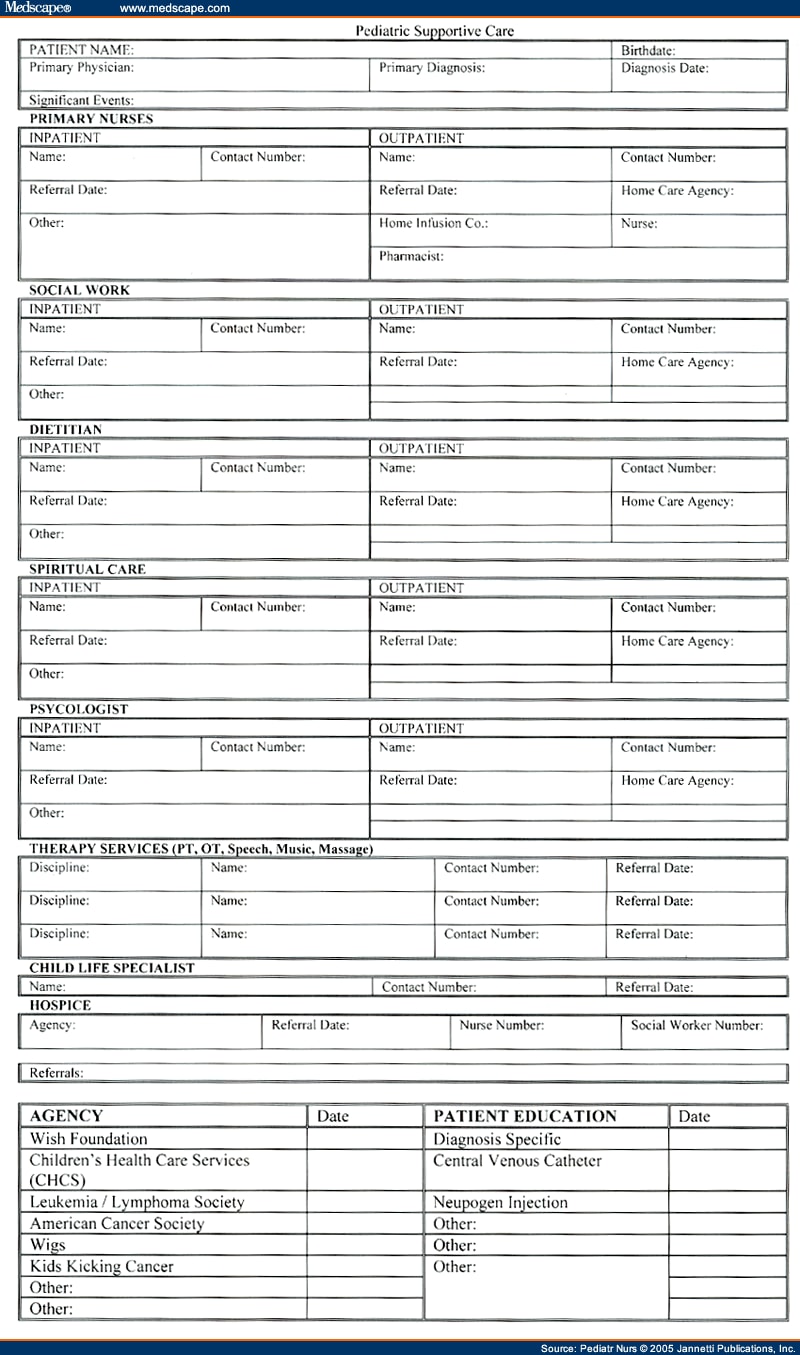
What is a patient activity report?
Patient Activity Report means a report generated by CURES of the Controlled Substances history of a patient.
How far back does a CURES report go?
Patient Search – Prescribers & Dispensers For Prescriber, Dispenser, and Delegate users, CURES records can be searched up to 12 months using the date range option.
How do I get a cure report?
For assistance with CURES registration, access, or system use, contact the CURES helpdesk at [email protected] or (916) 210-3187.
What is the purpose of CURES?
CURES is committed to the reduction of prescription drug abuse and diversion without affecting legitimate medical practice or patient care. The operation of CURES complies with all applicable federal and state privacy and security laws and regulations.
How often should you check cures?
The law states that a physician, who previously had an exemption, must consult the CURES database prior to subsequently prescribing a Schedule II-IV controlled substance to the patient and at least once every six months thereafter if the substance remains part of the treatment of the patient.
Are cures mandatory?
CURES Mandatory Use Therefore, the mandate to consult CURES prior to prescribing, ordering, administering, or furnishing a Schedule II–IV controlled substance became effective October 2, 2018. The law has since been amended to include Schedule V controlled substances.
What information is displayed on the CURES activity report?
A CURES Patient Activity Report contains , as applicable, the following information: patient first name, patient last name, patient date of birth, patient gender, patient address, animal name, number of prescriptions, prescriber name, prescriber DEA number, prescriber address, pharmacy name, pharmacy license number, ...
What are cure reports?
In California, CURES is an electronic tracking program that reports all pharmacy (and other specified types of prescribers) dispensing of certain schedules of controlled drugs by drug name, quantity, prescriber, patient, and pharmacy. Data from CURES is managed by the DOJ.
Can I check my own Pdmp?
PDMP Reporting In 30 states, patients have the right to view their own PDMP record. Some states allow pharmacists and other licensed health care professionals as delegates to check the PDMP for the physician.
What is 21c in healthcare?
The 21st Century Cures Act is a wide-ranging healthcare bill that funds medical research and development, medical device innovation, mental health research and care, opioid addiction treatment and prevention, and health information technology.
What does the Cures Act stand for?
The 21st Century Cures Act (Cures Act), signed into law on December 13, 2016, is designed to help accelerate medical product development and bring new innovations and advances to patients who need them faster and more efficiently.
Who does Cures Act apply to?
electronic patient health informationThe requirements of the 21st Century Cures Act only applies to electronic patient health information. If you are using paper records, it will not apply to you. There is no mandate for you to move to an EHR.
When did the Cures Act go into effect?
As of April 5, 2021, the federal rule on Interoperability, Information Blocking, and ONC Health IT Certification—which implemented the 21st Century Cures Act—went into effect.
Is the Cures Act still in effect?
The original deadline for stakeholders to comply with Cures Act information blocking rules was Nov. 2, 2020. In October 2020, HHS moved the information blocking compliance date to April 5, 2021, citing an interest in allowing the healthcare system to focus on COVID-19 concerns.
What is the 21st Century Cures Act 2020?
In 2016, the 21st Century Cures Act (Cures Act) made sharing electronic health information the expected norm in health care by authorizing the Secretary of Health and Human Services (HHS) to identify "reasonable and necessary activities that do not constitute information blocking." ONC's 2020 Cures Act Final Rule ...
What does the Cures Act mean for hospitals?
What's the Cures Act, and what does it mean for health care? Former President Barack Obama signed the Cures Act into law on Dec. 13, 2016, to accelerate medical innovations and improve the health care experience for patients. Part of the legislation focuses on advancing interoperability and addressing data blocking.
Controlled Substance Utilization Review and Evaluation System
CURES (Controlled Substance Utilization Review and Evaluation System) is a database of Schedule II, Schedule III, Schedule IV and Schedule V controlled substance prescriptions dispensed in California serving the public health, regulatory oversight agencies, and law enforcement.
Data Reporting
Beginning on 1/1/22, all data reporters that currently submit prescription dispensation data to Atlantic Associates, Inc. will be required to register with the Bamboo Health PMP Clearinghouse. Effective 2/23/22, all reporting must be made through the PMP Clearinghouse system. The last day for sending data to Atlantic Associates, Inc. is 2/22/22.
Research Requests
In accordance with California Health & Safety Code section 11165 (c) (2) (A) the California Department of Justice (CA DOJ) may provide CURES data to public or private entities, as approved by the CA DOJ, for educational, peer review, statistical, or research purposes, provided that the patient information, including any information that may identify the patient, is not compromised..
PRESCRIPTION FORMS (FOR PRESCRIBERS)
California law requires prescribers of any Schedule II, Schedule III, Schedule IV, and Schedule V controlled substance to obtain and use tamper-resistant prescription forms ordered only from state-approved security printers.
What is CURES?
The Controlled Substance Utilization Review and Evaluation System (CURES), maintained by the Department of Justice (DOJ), is a platform that tracks all Schedule II – V controlled substances dispensed to patients in California. Authorized prescribers, pharmacists, law enforcement, and regulatory agencies can view information in CURES including:
CURES Registration at a Glance
Registration is done through DOJ’s CURES 2.0 Registration. Only licensed California prescribers and dispensers can register with CURES. ( NOTE: If you are with a law enforcement agency or regulatory board and need CURES access, please contact the CURES helpdesk at [email protected] or (916) 210-3187).
CURES Access
Once you receive DOJ email notification of your approved registration, you can access CURES 2.0 through DOJ’s CURES 2.0 Login. Reference the Prescriber and Dispenser User Guide for detailed information about navigating and using CURES 2.0.
Data Submission Requirements
For data submission instructions or assistance with transmission issues, please contact:
CURES Upgrade: CURES 2.0
On January 8, 2016, the DOJ released the CURES 2.0 system upgrade. This upgrade offers a significantly improved user experience and increased functionality:
For More Information
You must be registered to use CURES, even if you do not actively prescribe or dispense, if you are a:
